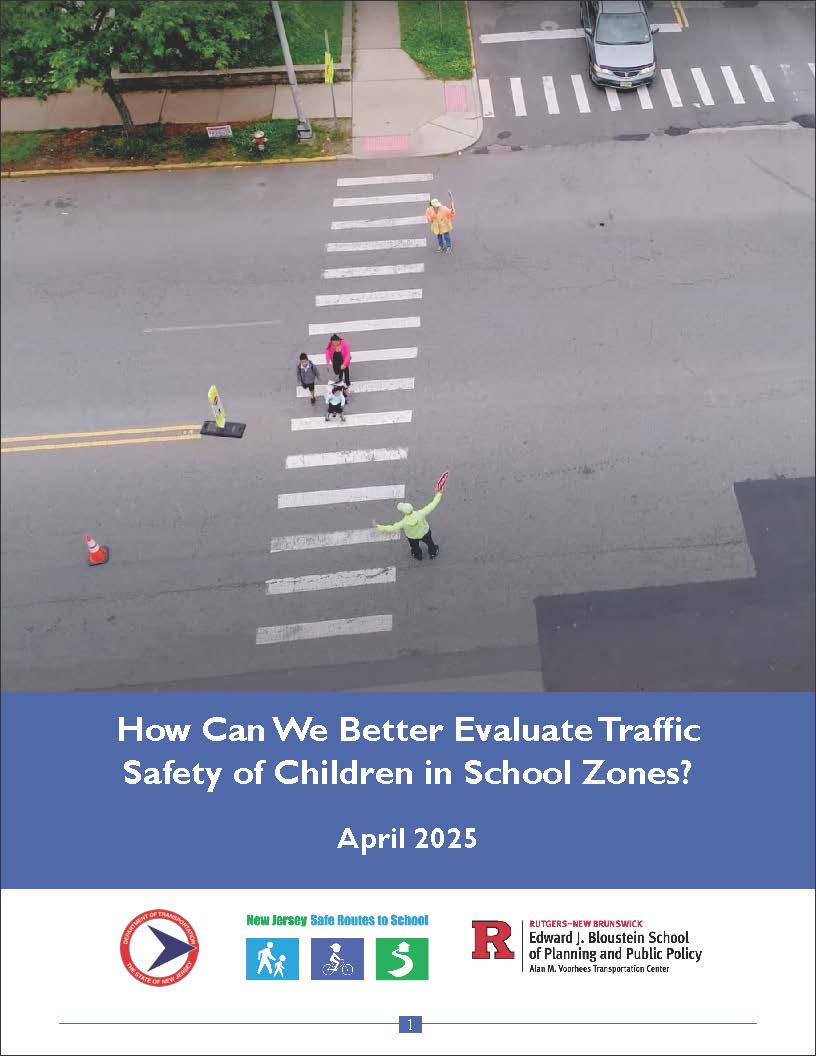Safe Routes to School (SRTS) is a national initiative designed to promote walking and bicycling to school while enhancing safety for these modes of travel. The program consistently recommends using the Student Arrival and Departure Travel Tally and Parent Travel Survey to evaluate the effectiveness of SRTS programs and projects based on shifts in travel modes. Although these surveys effectively gather information on student travel modes, they do not account for safety conditions and traffic hazards children may face during their journey, such as exposure to high-speed traffic, wide intersections, or other safety risks. In many communities, high walking rates may be driven by necessity rather than safety. Even with safety improvements, walking rates may not significantly increase in such areas. Furthermore, many schools that may actually experience a mode shift due to a project do not collect data on travel modes before and after
implementing a project, reducing the Tally’s effectiveness in evaluating interventions. Without data that considers safety conditions and traffic hazards, assessing the true impact of SRTS infrastructure projects can be challenging.
Speed studies are more effective assessment tool. We describe the mounting evidence that excessive speeds are responsible for non-motorist-involved fatal crashes and make recommendations for speed data collection methods. We analyze 48 New Jersey SRTS infrastructure grant proposals to investigate the prevalence of implemented traffic calming measures, finding just 5 (10%) traffic calming implementations. With the Safe System Approach in mind, we analyzed school zone infrastructure projects that received New Jersey SRTS federal funding in 2012 and 2014. The most common infrastructure project was sidewalk construction, which was present in 28 of the 48 (56%) projects. Among the five projects that had implemented traffic calming measures, one town implemented a raised intersection with resurfaced sidewalks and curbs. This measure forces drivers to slow down in order to get over the hump at the intersection, improving safety for children walking and bicycling to school by reducing the likelihood of conflicts and the severity of potential collisions with motor vehicles. We used retroactive speed data to analyze speed changes following the construction of a sidewalk—in the absence of traffic calming measures—adjacent to an elementary school in New Jersey and find that motor-vehicle speeds increased following the sidewalk implementation, potentially doubling the risk of fatality if involved in a crash.
School zone safety improvements should incorporate the Safe System Approach, meaning that vehicle speeds must be addressed. Infrastructure improvements, such as sidewalk additions, should be coupled with traffic calming measures in order to improve safety. Active traffic calming, such as medians, narrow travel lanes, bike lanes, and road diets, as well as passive traffic calming, such as radar feedback signs, should be used concurrently in order to provide pedestrians and bicyclists with the greatest safety benefits. Such measures are in line with Vision Zero initiatives that aim to eliminate, not merely reduce, traffic deaths and serious injuries (Ecola et al., 2018). Because speed is of such importance to safety, SRTS projects constructed in and around school zones should include elements that slow drivers down and their effectiveness should be evaluated through speed studies in addition to, if not instead of, travel tallies and
parent surveys.
Read the full report: How Can We Better Evaluate Traffic Safety of Children in School Zones?

